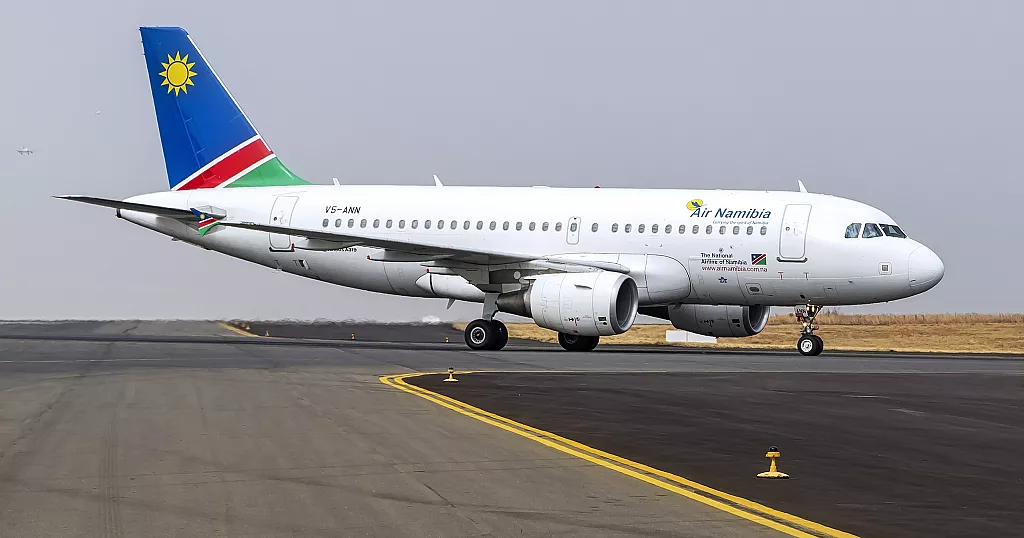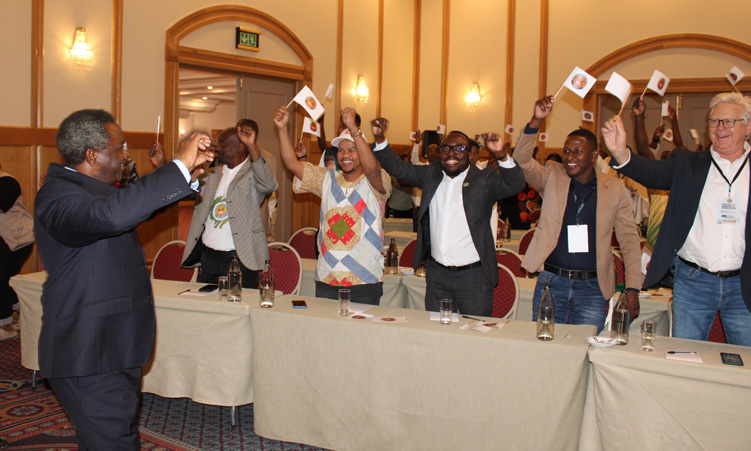Financial results indicate that B2Gold’s Otjikoto Mine performed beyond expectations in the second quarter of this year.
The mine produced 48 143 ounces of gold for just under approximately N$2,1 billion (US$112,894 million) in revenue.
The financial results for the second quarter of 2024 were recently released by the Canadian company’s president and chief executive Clive Johnson.
He said the results were due to a higher than anticipated mill feed grade.
“This contributed significantly to the total gold production of 212 508 ounces in the second quarter of 2024, as production at Fekola Mine in Mali was below expectations during this period, because of damage to an excavator and the delay in receiving replacement equipment,” said Johnson.
Masbate Mine in the Philippines produced 44 515 ounces, while Fekola had 111 583 ounces compared to 152 427 ounces during the same period last year, whereas the Calibre Mining Corp added 8 267 ounces.
B2Gold forecasts total consolidated gold production of between 800 000 and 870 000 ounces in 2024.
According to Johnson, ore production at Otjikoto’s Wolfshag underground mine averaged over 1 500 tonnes per day at an average grade of 4,69 grams per tonne (g/t) gold during the second quarter of 2024.
As of the beginning of 2024, the probable mineral reserve estimate for the Wolfshag deposit included 100 000 ounces of gold in 600 000 tonnes of ore at an average grade of 5,02 g/t gold.
“Open-pit mining operations at the Otjikoto Mine will continue to ramp down in 2024 and conclude in 2025, while processing operations are expected to continue until economically viable stockpiles are exhausted in 2031,” he said.
Johnson added that underground operations are projected to continue until 2026 with potential to extend underground operations if the ongoing underground exploration programme is successful in identifying more underground mineral deposits.
On 31 January, the company announced positive exploration drilling results from the Antelope deposit at the Otjikoto Mine. The Antelope deposit, which comprises the Springbok Zone, the Oryx Zone and a possible third structure, Impala, subject to further confirmatory drilling, is located approximately three kilometres south of the Otjikoto open pit.
On 20 June, the company announced an initial inferred mineral resource estimate for the Springbok Zone, the southernmost shoot of the recently discovered Antelope deposit. Over 36 000 metres have been drilled into the Springbok Zone to date, with 33 holes totalling 16 950 metres completed in 2024.
According to the financial statements, the Otjikoto Mine’s cash operating costs for the second quarter of 2024 were US$673 per gold ounce produced (US$666 per ounce gold sold).
Cash operating costs per gold ounce produced for the second quarter of 2024 were higher than anticipated due to lower than expected credits for deferred stripping, resulting from more ore being mined than anticipated and lower capitalised underground development credits for the second quarter of 2024.
All-in sustaining costs for the second quarter of 2024 were US$1 044 per gold ounce sold. All-in sustaining costs for the second quarter of 2024 were slightly higher than expected as a result of higher than expected cash operating costs and higher gold royalties.
“Capital expenditures for the second quarter of 2024 totalled US$12 million, consisting of US$9 million for deferred stripping in the Otjikoto pit, US$2 million for Wolfshag underground mine development and US$1 million for mining equipment rebuilds,” said Johnson.
He said the mine is now expected to produce between 185 000 and 205 000 ounces of gold in 2024 (original guidance of between 180 000 and 200 000 ounces) at cash operating costs in the upper end of its guidance range of between US$685 and US$745 per ounce and all-in sustaining costs of between US$960 and US$1 020 per ounce.
Production at Otjikoto is expected to be relatively consistent throughout 2024 with the mine expected to process a total of 3,4 million tonnes of ore at an average grade of 1,77 g/t gold with a process gold recovery of 98%.
“Processed ore will be sourced from the Otjikoto pit and the Wolfshag underground mine, supplemented by existing medium and high-grade ore stockpiles,” said Johnson. – email: matthew@namibian.com.na
Stay informed with The Namibian – your source for credible journalism. Get in-depth reporting and opinions for
only N$85 a month. Invest in journalism, invest in democracy –
Subscribe Now!






